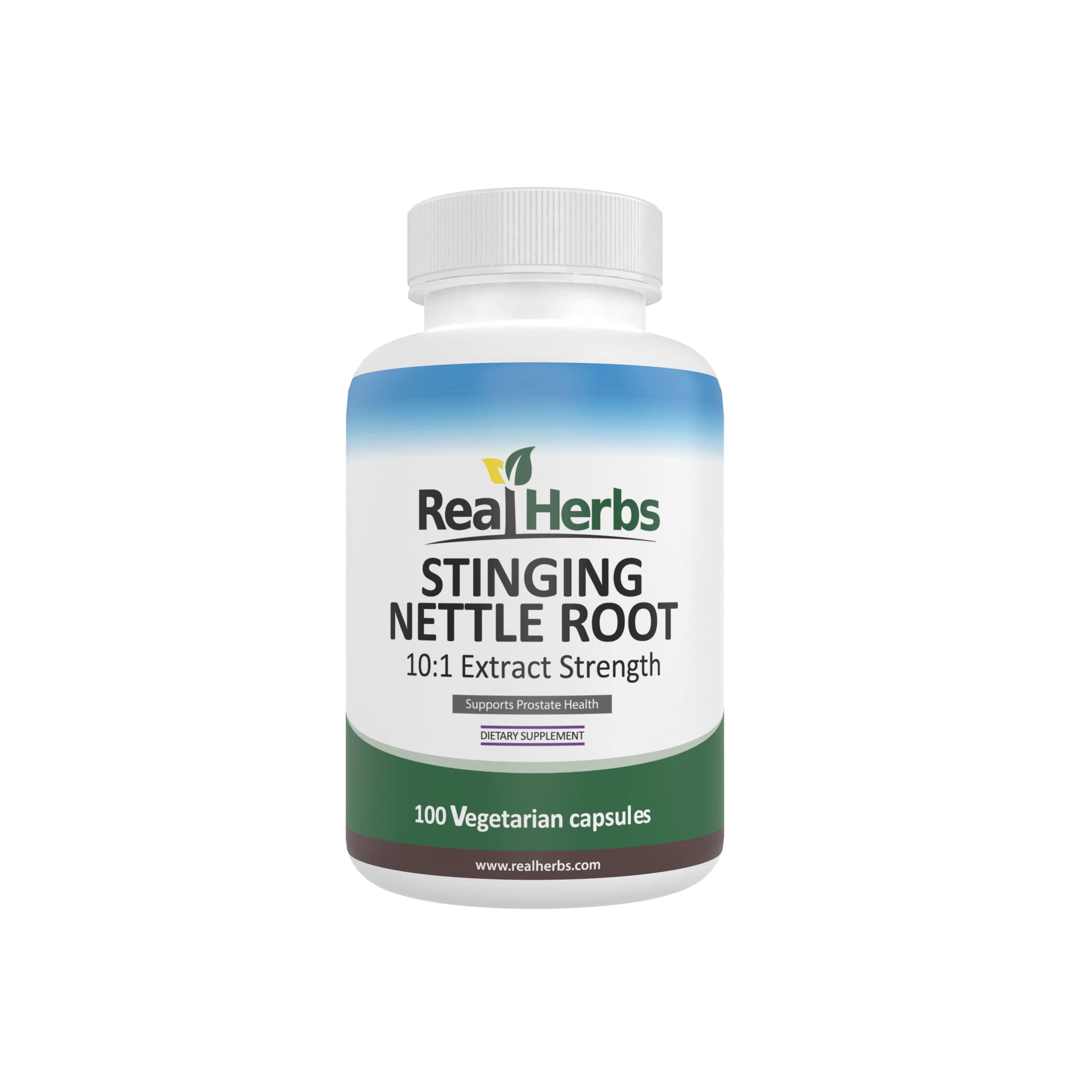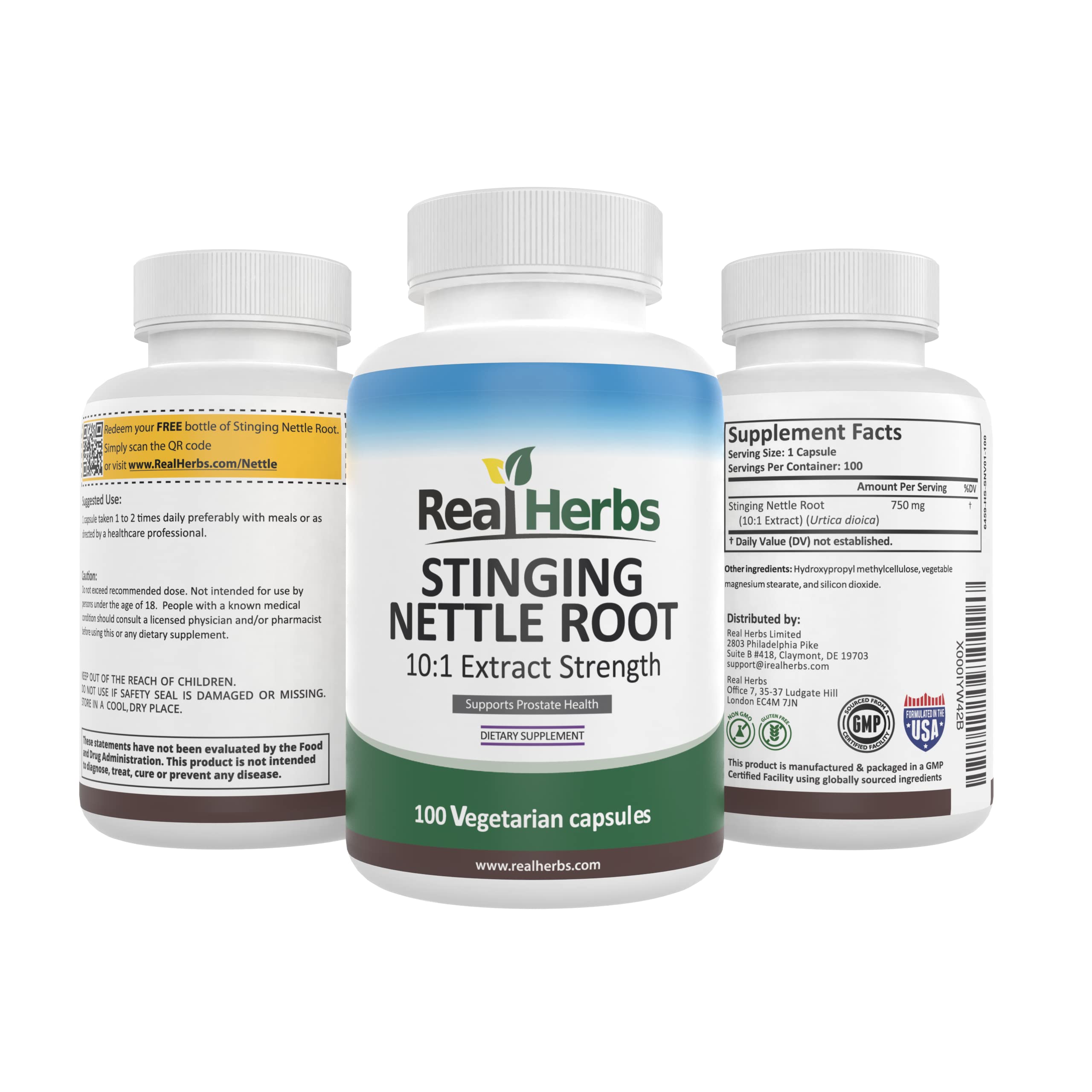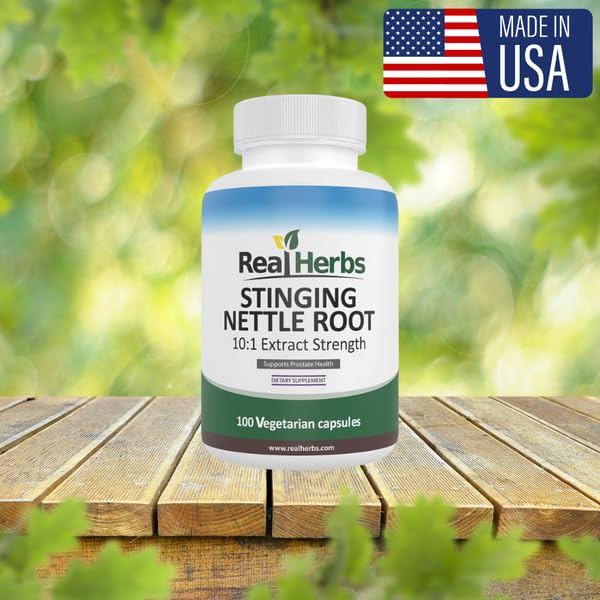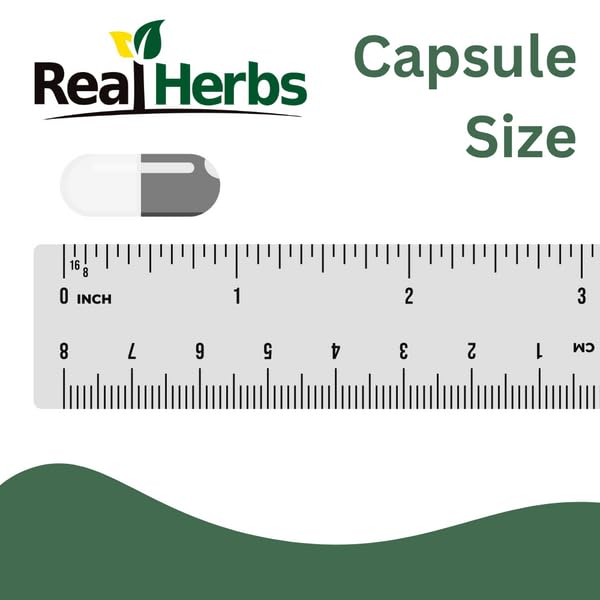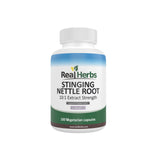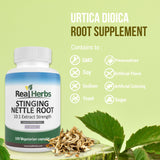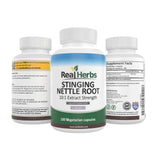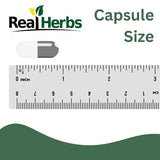Is Stinging Nettle and Nettle Root the Same?
Is Stinging Nettle and Nettle Root The Same?
Understanding the Herbal Distinction
An essential guide by Jessica Johnson, Herbal Science Researcher at Real Herbs.
Deciphering the Nettle Plant for Optimal Herbal Use
When exploring the world of herbal remedies, the terms "stinging nettle" and "nettle root" are frequently encountered, sometimes causing confusion. While they are intrinsically linked, referring to the same botanical species (*Urtica dioica*), it's crucial to understand that "stinging nettle" refers to the plant as a whole, whereas "nettle root" designates a specific part with a distinct chemical profile and set of therapeutic applications. This distinction is vital for anyone seeking to harness the precise benefits of this versatile herb.
This article aims to clarify the relationship between the overarching term "stinging nettle" and its specialized part, "nettle root." We will delve into the unique compositions and primary uses of different parts of the *Urtica dioica* plant, highlighting why this botanical differentiation is so important for targeted wellness outcomes. By the end, you'll have a clear understanding of these powerful herbal remedies.

What is Stinging Nettle? (The Whole Plant)
The term "stinging nettle" universally refers to the entire *Urtica dioica* plant. This perennial herb is widely distributed across temperate regions globally and is instantly recognizable by its characteristic stinging hairs (trichomes) on its leaves and stems. Despite its defensive mechanism, the whole plant has been a significant part of traditional medicine, folklore, and even cuisine for centuries.
As a whole, *Urtica dioica* is known for its rich nutritional content, including various vitamins, minerals, amino acids, and a broad spectrum of bioactive compounds present in varying concentrations across its different parts [2, 5].
Understanding Nettle Root (A Specific Part of Stinging Nettle)
**Nettle root** refers specifically to the underground part of the *Urtica dioica* plant. While it is undeniably part of the stinging nettle plant, its chemical composition and, consequently, its primary therapeutic applications are distinct from the aerial parts (leaves and stems).
- Unique Chemical Composition: Nettle root is particularly rich in compounds like lignans, plant sterols (e.g., beta-sitosterol), and scopoletin [1]. These are often present in different concentrations or are unique to the root compared to the leaves [1, 2]. A comprehensive review focuses specifically on the "power underground" of nettle roots, detailing their composition and functional potential [3].
-
Primary Traditional & Scientific Uses: Nettle root is predominantly recognized and researched for its effects on male health, specifically:
- Prostate Health (Benign Prostatic Hyperplasia - BPH): It is a well-established herbal remedy for symptoms of BPH, helping to improve urinary flow and reduce nighttime urination [3, 5].
- Testosterone Support: The lignans in nettle root can interact with Sex Hormone Binding Globulin (SHBG), potentially increasing levels of "free" (bioavailable) testosterone [3].
The Nettle Leaf (Another Part of Stinging Nettle)
To further illustrate the distinction, consider the nettle leaf (the aerial parts of the stinging nettle plant). While also part of the "stinging nettle," its composition and uses are different from the root.
- Different Chemical Profile: Nettle leaves are abundant in flavonoids, carotenoids, vitamins (A, C, K), minerals, and certain phenolic compounds that differ in quantity or type from those in the root [1, 2].
-
Distinct Health Benefits: Nettle leaf is more commonly used for:
- **Allergies:** Known for its role in supporting seasonal allergy symptoms [5].
- **Anti-inflammatory (General):** Used for broader inflammatory conditions and joint health [5].
- **Diuretic:** Acts as a general diuretic [5].
- **Nutritional Support:** Highly valued as a nutritious food source.
The variation in bioactive compounds between nettle leaves and roots has been highlighted in studies analyzing infusions prepared from different parts of the plant [2], underscoring that distinct parts of the *Urtica dioica* plant offer different therapeutic profiles [4].
Why the Distinction Matters for Your Health Goals
Recognizing that "stinging nettle" is the parent plant and "nettle root" (or "nettle leaf") refers to its specific parts is crucial for targeted and effective herbal supplementation. Just as different parts of an apple tree (fruit vs. bark) have different properties, so too do the different parts of the stinging nettle plant.
- If you are seeking support for **prostate health** or to influence **testosterone levels**, you should specifically look for **stinging nettle root extract**.
- If your goal is to address **seasonal allergies**, general **inflammation**, or boost **nutritional intake**, then **nettle leaf** preparations (teas, capsules) would be more appropriate.
Safety and General Considerations
The safety profile of *Urtica dioica* as a whole is generally good, with minimal adverse effects when used appropriately. However, it's important to note general precautions that apply to various parts of the plant:
- Mild Side Effects: Both leaf and root can cause mild gastrointestinal upset (e.g., stomach discomfort, diarrhea) or a mild diuretic effect [5].
- Drug Interactions: Nettle can interact with medications like blood thinners (due to Vitamin K), blood pressure medications, and diabetes drugs. Always consult your healthcare provider if you are on medication [5].
- Professional Guidance: Always consult with a qualified healthcare professional before starting any new supplement, especially if you have existing health conditions or are taking other medications.
Conclusion: Making Informed Choices with Stinging Nettle
To answer the question, "**Is stinging nettle and nettle root the same?**" — not entirely. "Stinging nettle" is the botanical name for the entire plant, *Urtica dioica*. **Nettle root** is a specific part of that plant, distinguished by its unique chemical composition and specialized benefits, primarily for prostate health and testosterone support. Similarly, nettle leaf offers a different set of therapeutic properties. Understanding these distinctions is paramount for effective and targeted herbal use.
By recognizing the specific part of the stinging nettle plant you need for your health goals, you can make informed decisions about your herbal remedies. Always choose high-quality products from reputable sources and consult with a healthcare professional to ensure safe and effective integration into your wellness journey.
Ready to experience the benefits of Stinging Nettle Root?
Real Herbs Stinging Nettle Root Extract is a premium, potent supplement designed to support healthy testosterone levels, prostate health, and overall male vitality. Crafted for purity and efficacy, it helps liberate your free testosterone, so you can enjoy enhanced energy, improved performance, and a renewed sense of well-being.
Who it helps: Men experiencing symptoms of low testosterone, seeking natural prostate support, or looking to optimize their overall male health naturally.
Why it’s safe/trusted: Manufactured under strict quality controls, Real Herbs prioritizes purity and potency, ensuring you receive a product you can trust.
All our products are backed by our 100-Day Money-Back Guarantee!
"I've been using Real Herbs Stinging Nettle for a few months now, and I've noticed a significant improvement in my energy levels and overall vitality. Highly recommend it!" - Mark T.
"As someone approaching 50, I was looking for natural ways to support my health. This product has genuinely made a difference in my energy and mood." - David S.
Disclaimer: The information provided in this article is for educational purposes only and is not intended as medical advice. Always consult with a qualified healthcare professional before making any decisions about your health or starting any new supplement regimen. These statements have not been evaluated by the Food and Drug Administration. This product is not intended to diagnose, treat, cure, or prevent any disease.
Scientific Credibility & Citations
- Tarasevičienė Ž, Vitkauskaitė M, Paulauskienė A, Černiauskienė J. Wild Stinging Nettle (*Urtica dioica* L.) Leaves and Roots Chemical Composition and Phenols Extraction. *Plants (Basel)*. 2023 Jan 9;12(2):309. PMID: 36679022 (Research Article)
- Jeszka-Skowron M, Smarzyński A, Słupski J, Walkowiak-Tomczak D. Variation in the Content of Bioactive Compounds in Infusions Prepared from Different Parts of Wild Polish Stinging Nettle (*Urtica dioica* L.). *Molecules*. 2022 Jul 7;27(13):4356. PMID: 35807487 (Research Article)
- Ahmad SS, Alam S, Siddiqui AA, Ansari SA. Stinging Nettle (*Urtica dioica*) Roots: The Power Underground—A Review. *Plants (Basel)*. 2024 Mar 24;13(7):933. PMID: 39861633 (Review)
- Moraga-Chrubasik S, et al. Chemical Composition and Immuno-Modulatory Effects of Urtica dioica. *Phytother Res*. 2009 Nov;23(11):1511-1520. PMID: 28544187 (Review)
- Kregiel D, Pawlikowska E, Antolak H. Urtica spp.: Ordinary Plants with Extraordinary Properties. *Molecules*. 2018 Jul 7;23(7):1664. PMID: 29987208 (Review)

